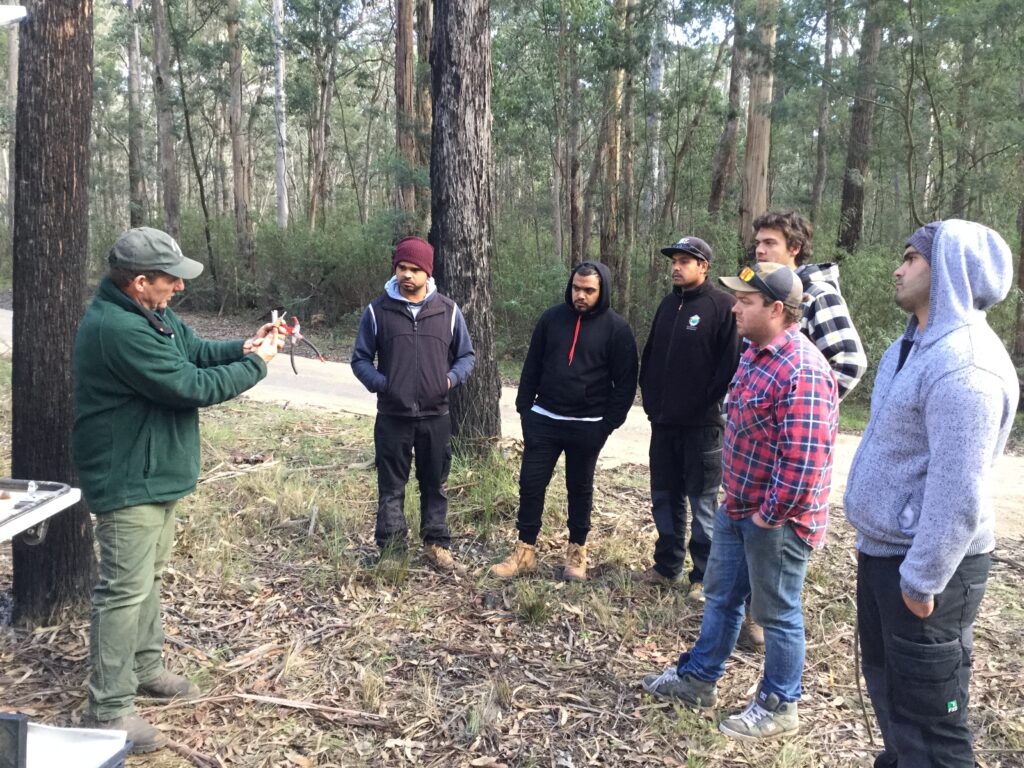
Wild dog controller Jim Benton has seen a lot of sunrises.
“If you love the bush and you’re happy in your own company, it’s a pretty good job,” he said.
One of the rarer trades these days, Jim has been hunting wild dogs in Victoria for about 30 years and when farmers are under the pump, so is he with his working day regularly stretching to either side of daylight.
A typical day starts from home at remote Timbarra, north-west of Buchan. Tim’s day is very much dictated by the telephone calls he fields from farmers the night before and where attacks on stock are occurring.
A tiered or ‘triage’ type approach to responding to landholder calls has been implemented in Victoria to assist landholders and help them to help themselves.
“We talk to the landholder as soon as we can and, if required, aim to be on site within 24 hours while the dog tracks and scent are fresh,” Jim said.
For the untrained eye, looking for a few dogs in thousands of hectares of bushland is akin to looking for a needle in a haystack but according to Jim this is where years of experience – most of the time – pays off.
“Finding the culprits, particularly if the farmer hasn’t seen them, is the hardest part of the job but there are clues,” he said.
“Topography has a big influence as dogs tend to travel down ridgelines.
“History can be helpful – where dogs have come from before and whether there are established movement patterns.
“We also use our own trap dogs to follow scent and identify the best places to lay a trap or bait.”
If livestock are being regularly harassed, Jim will go out to the paddock early in the hope of catching the culprit in the act.
“Dogs are generally more likely to attack stock just before daylight, just after dark or on a moonlit night when they have some visibility,” he said.
When Jim isn’t at the coalface dealing with distressed farmers, he is checking extensive trap lines which are part of the Victorian Wild Dog Action Plan’s proactive and reactive strategies.
For Jim these soft-jaw traps may be located anywhere from Lakes Entrance to Gelantipy and each trap has to be checked within 72 hours.
Technology is making the job easier. Remote sensing cameras that send images to mobile phones are making it easier for ‘doggers’, as Jim’s trade is often known. The cameras which can record where dogs travel and how many are in a pack are also being trialled for checking traps, potentially saving hours of travel time.
**After a successful and rewarding career, Jim Benton is now retired.
Share